Taking a look at the circular economy and motor repair industry
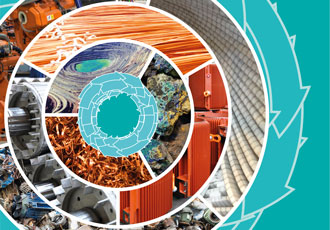
Did you know, the average European uses 16 tonnes of resources a year, and only 40% of that is recycled? This is clearly not sustainable, so the idea of the Circular Economy was born to help us to move away from this situation. Dr Hugh Falkner looks into how the repair industry is central to the Circular Economy.
According to a 2016 report by McKinsey, the average European uses 16 tonnes of resources a year, of which only 40% is recycled. This is clearly not sustainable, so the idea of the Circular Economy was born to develop new business models that will help us to move away from this situation. Some motor manufacturers are already looking ahead to consider what this might mean for their businesses, and CEN/ CENELEC is already engaged in early standardisation activity.
This standardisation work (Figure 2 below), will be instrumental in setting the ‘ground rules’ for further work and possibly regulations on the Circular Economy, and so early involvement in their evolution will be important to make sure that the views of the repair industry are made known alongside those of other stakeholders.
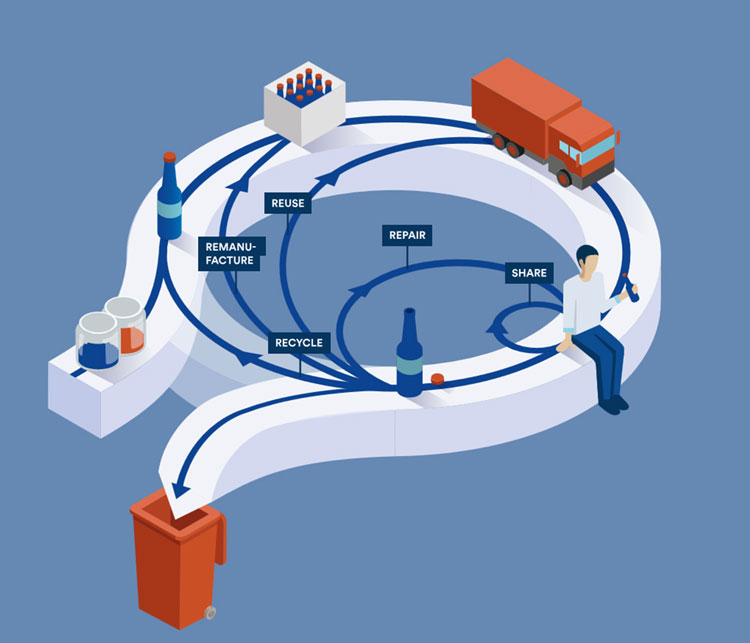
UK activity in the Circular Economy
Given the importance of the Circular Economy, there are many organisations active in the area, including:
- The Ellen MacArthur foundation supports a wide range of initiatives that ‘works with business, government and academia to build a framework for an economy that is restorative and regenerative by design’, and has a wide range of resources for inspiration.
- The Waste and Recycling Action Programme (WRAP) is a charity working waste in all sectors of the economy, and is particularly active in waste minimisation and recycling. Just one activity of interest is the Electrical and Electronic Equipment Sustainability Action Plan 2025 (ESAP 2025), a key part of which concerns product durability, and how to communicate this to buyers. Although aimed at the domestic sector, it would be fascinating to explore how these concepts might be applied to the industrial sector, especially in the light of competition from lower cost and potentially less durable motors appearing on the market.
Positioning the sector as a leader in the Circular Economy
From this initial look at the Circular Economy, the motor repair sector in the broadest sense, which includes pumps, fans, and compressors, emerges as being in many ways ‘ahead of the pack’ in demonstrating how the Circular Economy works in practice. Going forward there are three challenges that should be embraced to make the most of this pole position:
- 1. How to share the sector knowledge and experiences with other sectors.
- 2. How to engage with other existing bodies so that the repair sector can learn to do even better.
- 3. How to promote a position of leadership in the industrial circular economy.
This could just be a fascinating time for the repair industry to raise its profile, and show leadership in helping the economy to meet one of the biggest challenges facing our futures.
Similar articles
More from Electronic Specifier
- Building the case for construction offices in 2021 20th May 2021
- UK construction: is the industry finally on the up? 26th August 2020
- Speaking to a younger generation of women in tech 11th August 2020
- Engineering firms encouraged to get ‘2020’ vision 6th January 2020

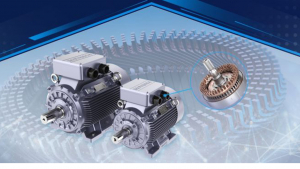
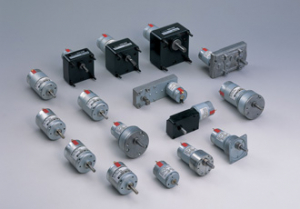
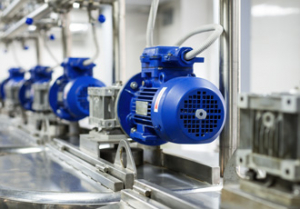








Write a comment
No comments